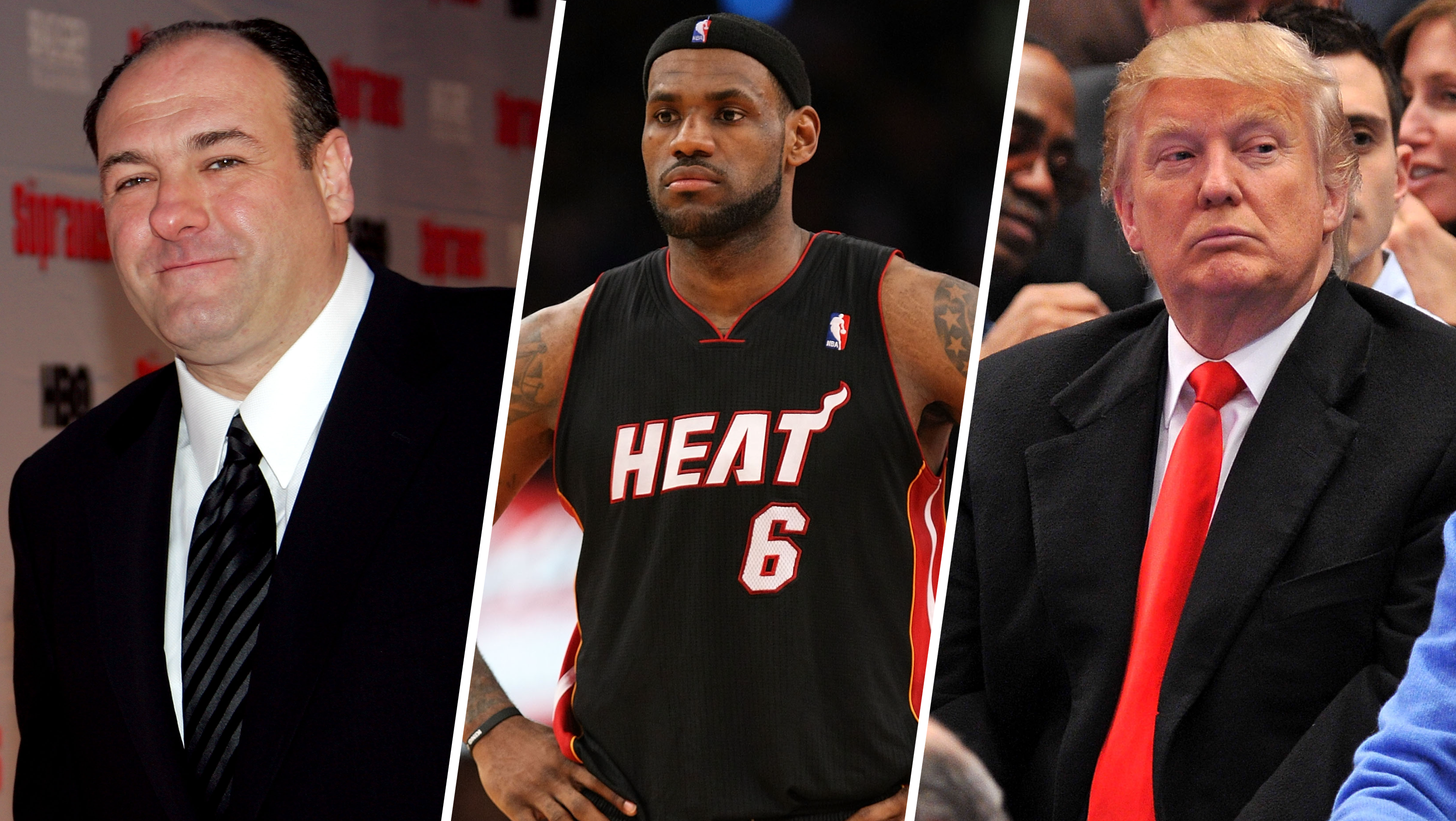A new Tappan Zee Bridge would be built to last more than 100 years and would include space that could eventually be used for commuter trains or other mass transit, a new planning document shows.
The existing bridge, spanning the Hudson River between Westchester and Rockland counties, is overcrowded and deteriorating after 56 years of use.
"One accident can shut down the bridge for hours," said Peter Loughlin of New City in Rockland County, a frequent traveler over the bridge. "It's critical. We need that bridge."
Louglin was among hundreds who turned out Tuesday evening to get their first look at scaled-down designs of the new bridge at a packed presentation in Tarrytown, N.Y.
The decaying Tappan Zee first got attention after the deadly bridge collapse in Minnesota in 2007.
Then, the long-discussed replacement for the aging Tappan Zee was pushed forward earlier this month when President Barack Obama declared it eligible for fast-tracked federal approvals.
But critics say the rush is a mistake. The new, less costly $5.2 billion proposal -- down from a plan that cost as much as $21 billion -- scraps a planned commuter rail station and express buses to the city.
Local
Many New York officials, including Westchester County Executive Rob Astorino, called that short-sighted.
"It's going to be an eight-track bridge in an iPad world," Astorino said Tuesday. "We can't have that. It's going to be outdated on day one."
The county executive suggested that bus rapid transit — which would mean bridge lanes dedicated to buses — could be included at a reasonable cost.
But Robin Douglas, of Westchester County's African American Chamber of Congress, said in this economy, the plan sounded good enough.
"To me, all of this spells jobs and contracts," he said. "I'm excited to see how my members -- members of the community -- can participate."
The Federal Highway Administration and state Department of Transportation foresee the new bridge opening by 2017.
Bridge structure, funding
The planning document from the Federal Highway Administration and the state DOT emphasizes talks only of future mass transit. It says one of the goals of a new bridge would be "providing a crossing that does not preclude future trans-Hudson transit services."
The plan calls for two separate four-lane spans — one eastbound, one westbound — to be built just north of the current bridge, and connecting to the riverbanks at the same locations.
The spans would be separated by a 42-foot gap. The document says that gap could be used in the future "to provide the infrastructure for future transit modes."
Builders will also consider the possibility of building two levels on each span. In previous studies, it's been proposed that a lower level be used for trains or other mass transit.
Unlike the current seven-lane bridge, the new bridge would have wide shoulders and include a bicycle and pedestrian path.
Even at the new, lower cost, funding is not yet in place, although the highway administration said earlier that the state plans to use toll revenues, labor pension funds, federal loans and other sources.
The document says the alternative of keeping the current bridge rather than building a new one will continue to be studied "as a baseline to evaluate the benefits and potential impacts" of a replacement bridge. The "no-build" alternative will be included in the project's environmental impact statement, the document says.
The document says it would cost $1.3 billion over the next 10 years to keep the current bridge in good repair. But it notes that the Tappan Zee "falls short of current engineering standards relative to seismic and security criteria."



